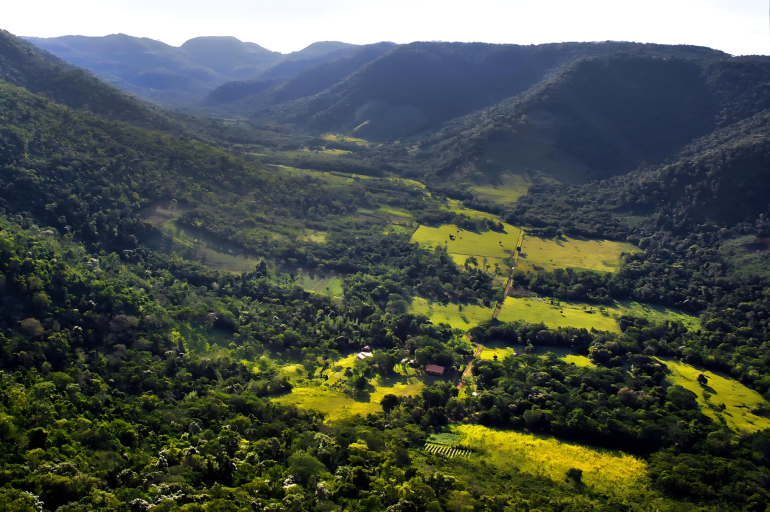Often mistaken for flat plains, Paraguay reveals surprising natural beauty and elevation. This hidden South American gem is emerging as a must-visit destination for nature lovers, and adventure seekers. Its underexplored geography includes mountains, rivers, forests, and savannahs. Interest in eco-tourism and trekking continues to grow, with visitors increasingly seeking immersive experiences in unspoilt natural settings.
Natural reserves, and accessible trails
Paraguay’s protected natural areas offer a perfect starting point for hikers seeking accessible, scenic, and culturally rich experiences, as promoted by the Paraguay Ministry of Tourism, which highlights the country’s ecological diversity and growing commitment to sustainable tourism. These parks and reserves showcase the country’s ecological diversity from Atlantic forest to the arid Chaco and feature well-maintained trails suitable for trekking beginners.
In Paraguarí, Ybycuí National Park preserves a lush section of Atlantic forest. Its main attraction, the Ybycuí Waterfalls Trail, is a 3 kilometre return walk to Saltos Mina, featuring shaded paths, wooden walkways and remnants of 19th century iron foundries.
Mbatoví Ecoreserve, a private protected area located between Paraguarí and Piribebuy, is known for its scenic beauty. Its main attraction, Tapé Saingó, offers treetop activities including zip lines, hanging bridges, a 2,000 metre trail and rappelling down a cliff, all guided by experts and supported by certified safety equipment.

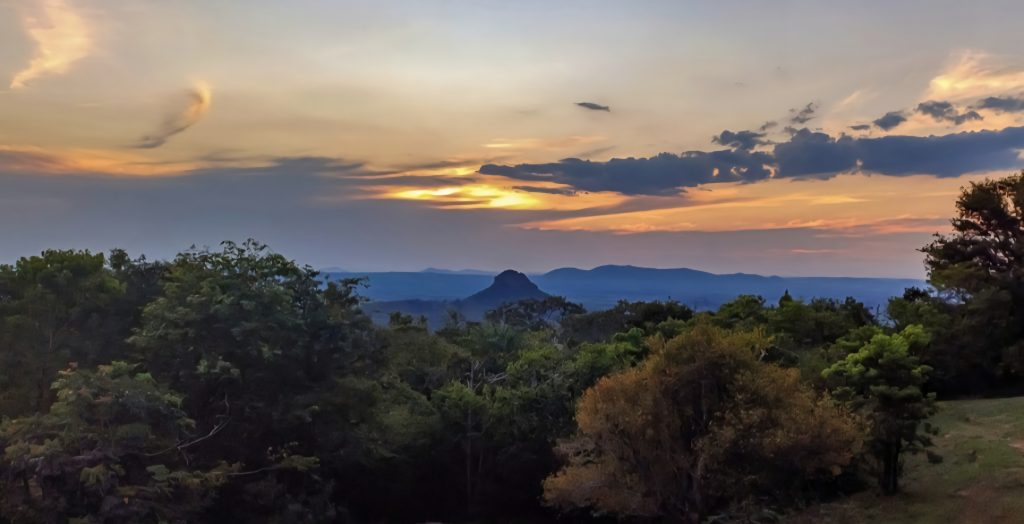
In Guairá, the Ybytyruzú Mountain Range is home to the country’s highest peaks, cloud forests and the celebrated Salto Suizo. This moderate 6 km jungle hike offers rich biodiversity and ends at a 50 metre waterfall. The area is easily accessed from Independencia, a town noted for its wine and German heritage.
In Canindeyú, the Mbaracayú Forest Nature Reserve offers an 8 km main trail with elevated walkways and observation points. Near the Brazilian border lies Salto Carapá, a scenic waterfall. The reserve also serves as a model of community-based conservation and is home to Aché and Guaraní communities.
Ancient rock art
Cerro Corá National Park, located in Amambay, blends natural beauty with historical depth. Its 4 km self-guided circuit along the Aquidabán River features ancient rock art and interpretive panels detailing the final battle of the War of the Triple Alliance, making it ideal for reflective walks and cultural exploration.
For more leisurely walks, the Lake Ypacaraí Coastal Path offers 5 km of flat trail along the lakeshore, ideal for sunset strolls.
Meanwhile, in Paraguay’s eastern forests, the Ñacunday Botanical Trail (3 km) leads to Salto Ñacunday, a 40 metre waterfall surrounded by subtropical flora and educational signage.
In remote Boquerón, within the Defensores del Chaco National Park, lies Cerro León, a prominent 600 metre sandstone formation surrounded by arid scrubland and native wildlife. Although more difficult to access, requiring a 4×4 vehicle and prior authorisation from the Ministry of Environment and Sustainable Development, its trails offer a rare insight into Paraguay’s lesser known western landscapes.

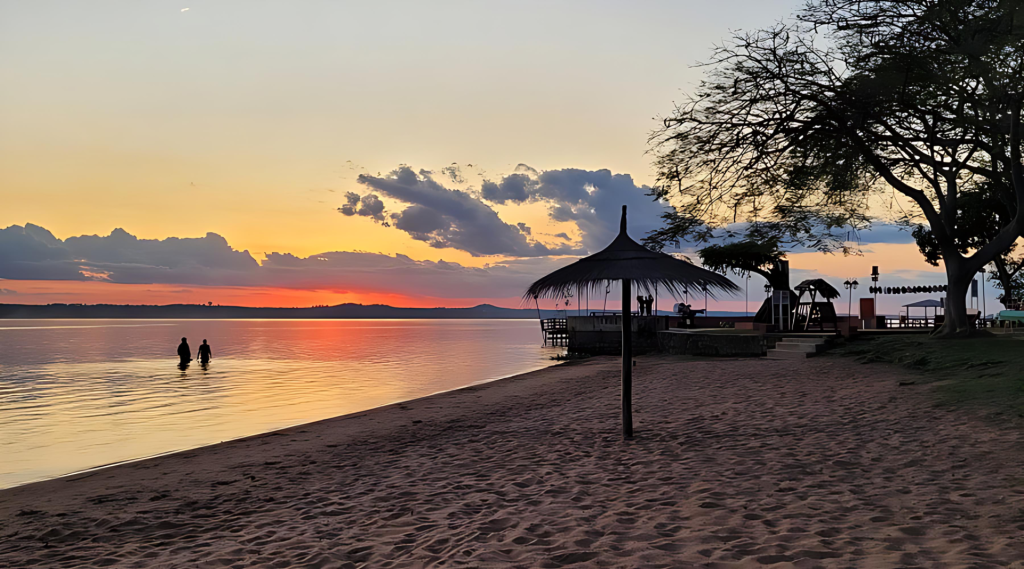
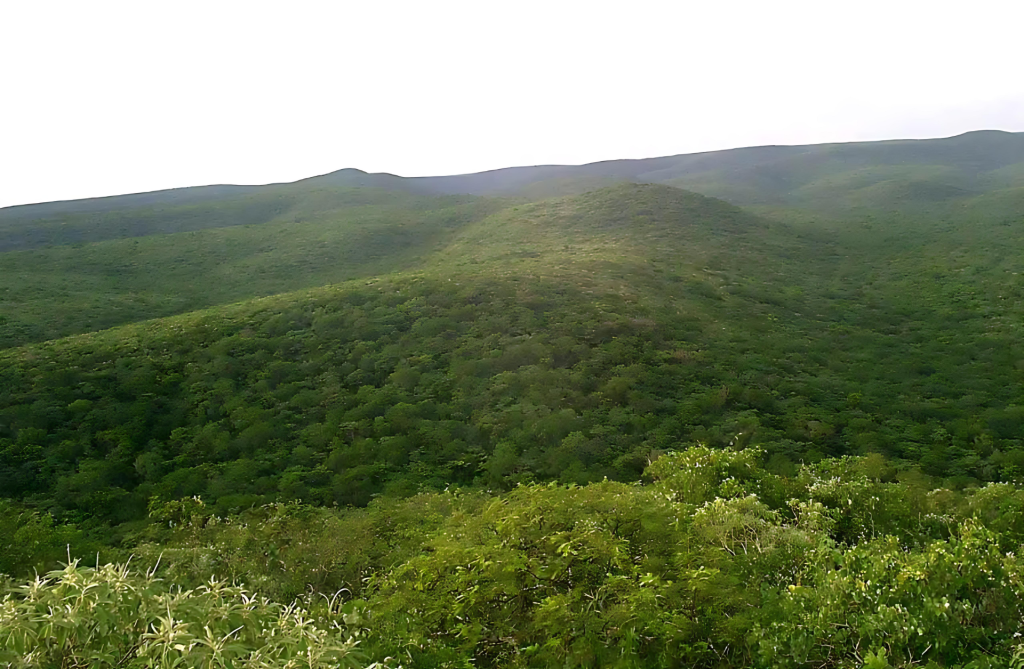
Advanced trails for experienced trekkers
Paraguay also offers many scenic hills ideal for experienced hikers and trekking.
Guairá is home to the nation’s highest and most iconic elevations, including Cerro Tres Kandú (852 m), Cerro Capi’i (816 m), Cerro Perõ (815 m), Cerro Amor (764 m) and Cerro Akatî (697 m). These summits are situated within the lush Ybytyruzú range, renowned for its cloud forests and panoramic views.
In Paraguarí, visitors can explore Cerro Acahay (560 m), a distinct geological formation shaped like an extinct volcano, and Cerro Hû (375 m), which is more accessible.
Boquerón, within the Chaco region, features Cerro León (624 m), located in Defensores del Chaco National Park. This site stands out for its elevation and cultural significance, offering sweeping views and opportunities for engagement with local communities.
In northern Concepción, Cerro Memby (325 m) provides a gentler hiking experience, with routes that wind through native forest.
Cordillera is home to Cerro Yvytu Silla (260 m), a scenic and symbolic site suited to light hiking and panoramic photography.
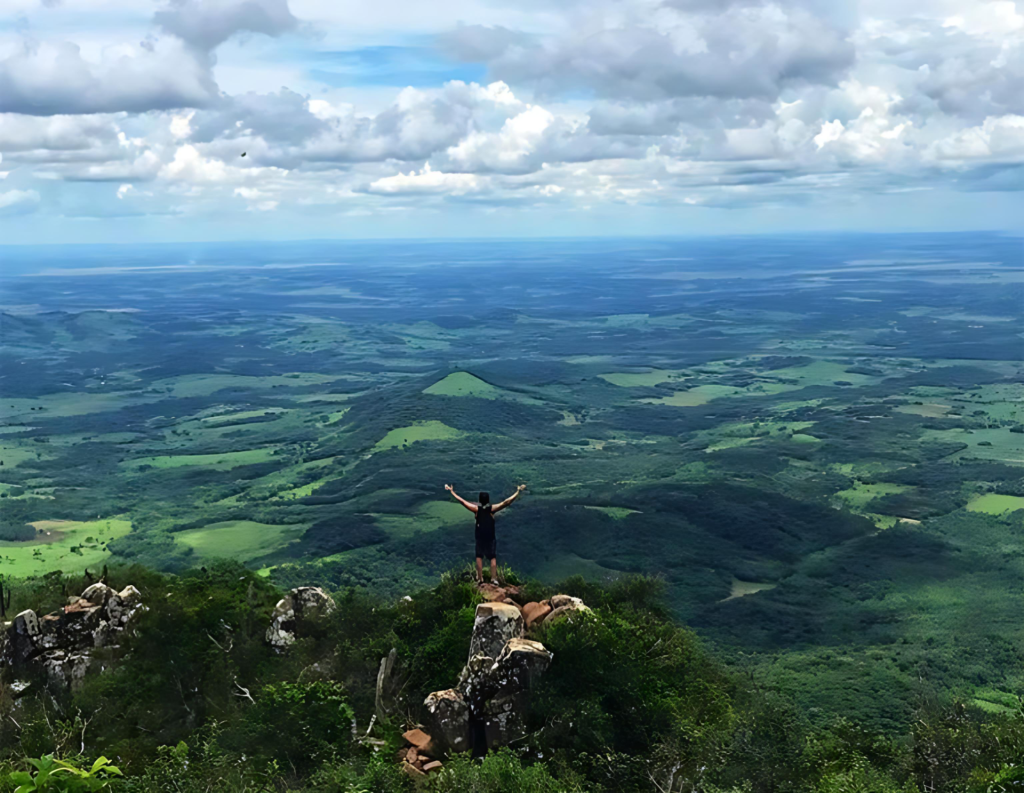
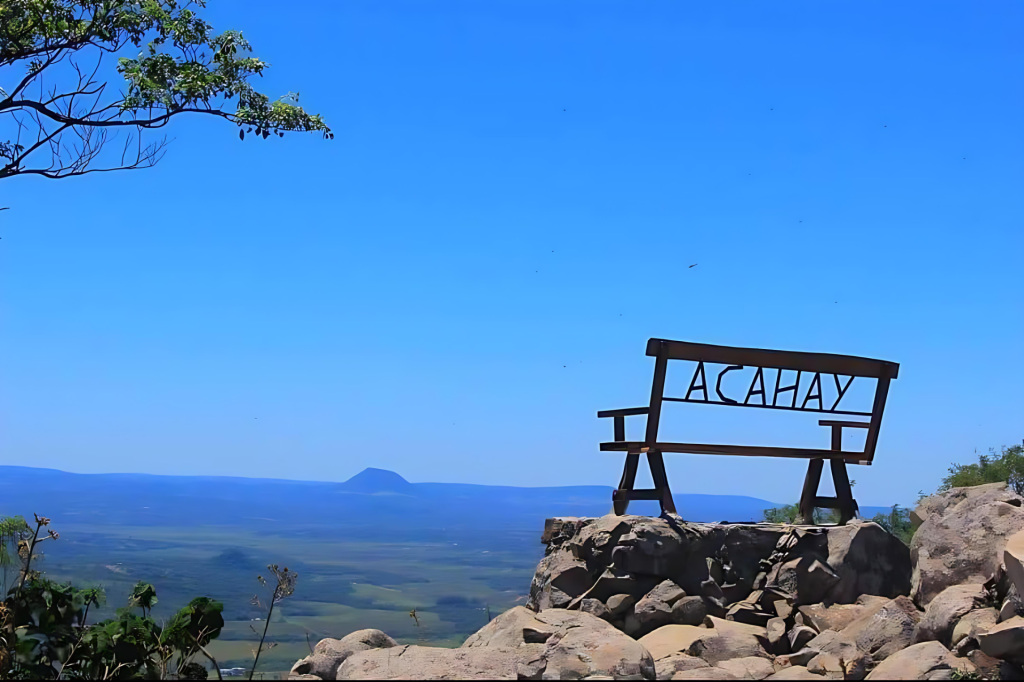
Visiting the hills: independently or with a guide
It is entirely feasible to explore Paraguay’s hills without a travel agency. Many trails and national parks are accessible via public transport or private vehicle, with marked paths that allow for self-guided hikes.
However, for trekking on more remote or physically demanding routes, travellers may prefer to hire local guides or participate in organised excursions for added safety and insight.
Essential tips for a safe and rewarding hike
- Plan ahead: check trail difficulty, download offline maps and share your itinerary
- Dress appropriately: wear layered clothing and waterproof hiking boots. Bring a lightweight backpack
- Protect yourself: use sunscreen, UV-protective sunglasses and a hat
- Stay nourished: carry sufficient water or a purifier and bring high-energy snacks
- Be prepared: pack a first-aid kit and power bank; ideally, avoid hiking and trekking alone, and be mindful of weather conditions
- Respect nature: remain on marked trails, avoid disturbing wildlife and carry out all waste
Whether through self-guided routes or with local guides, the country offers accessible entry points to some of South America’s most underrated landscapes, as Paraguay continues to position itself as a destination where over 1.5 million tourists are drawn to its culture and nature.

